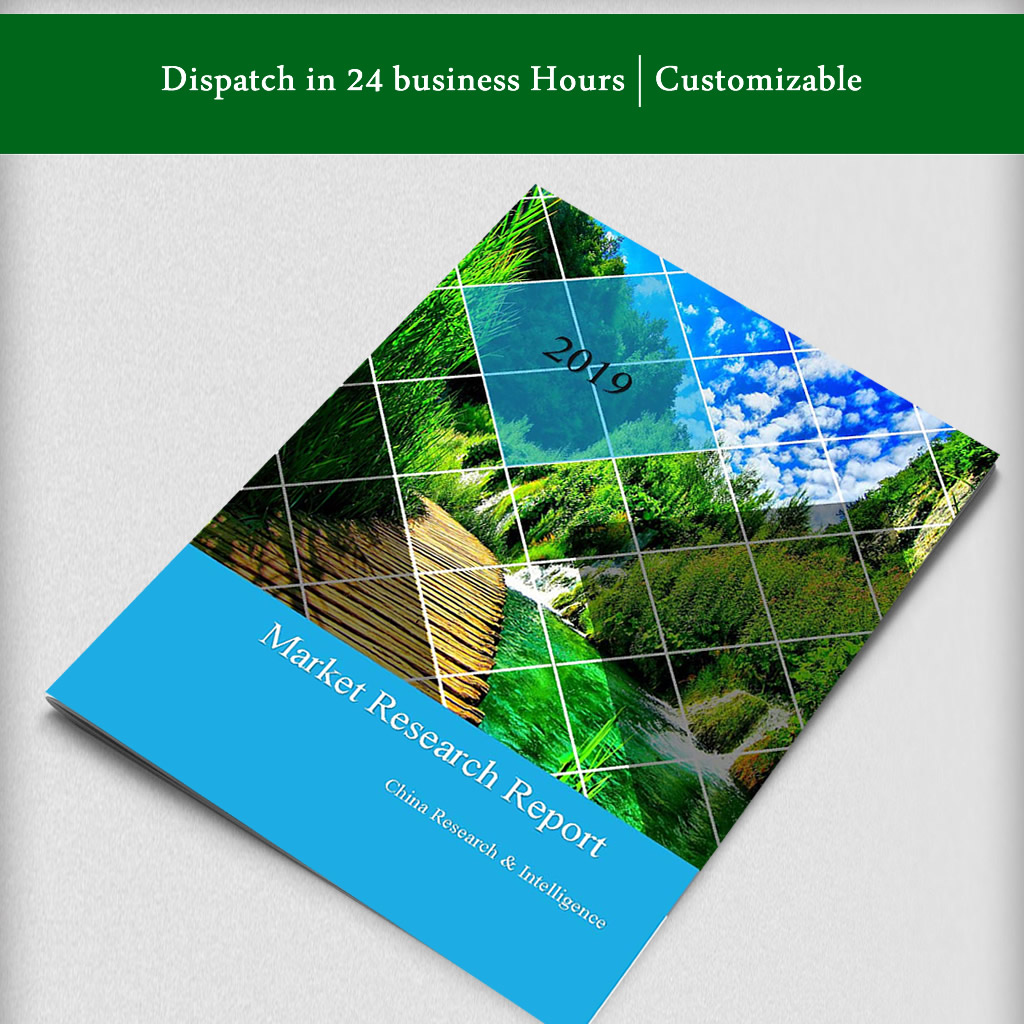Description
Description
The industry chain of cobalt mainly includes cobalt ore mining and dressing (upstream), cobalt smelting and processing (midstream) and terminal utilization of cobalt (downstream). In the upstream, Congo (Kinshasa) accounts for nearly half of the global cobalt ore reserves and production; in the midstream, China contributes nearly half to global production capacity and production volume of cobalt salts, cobalt and cobalt powder; in the downstream, cobalt is applied in batteries, high-temperature alloys, cemented carbides, magnetic materials, etc.
By the end of 2018, global cobalt reserves totaled about 7 million tons, 3.30 million tons or 40% of which were in Congo (Kinshasa). Australia, Cuba. etc. accounted for 5% to 15% respectively while China only accounted for only about 1%. However, Chinese enterprises ranked the first in the world in terms of production volume.
In 2018, the global production volume of cobalt was about 145,000 tons, increasing by nearly 20% YOY. The production volume of cobalt in Congo (Kinshasa) was about 106,000 tons, increasing by over 40% YOY. Cobalt production expanded rapidly in Congo (Kinshasa) mainly because Glencore’s KCC project produced 11,000 tons of cobalt in 2018 after it resumed production and other major cobalt mines increased production in varying degrees. But as the cobalt produced by the KCC project in 2018 and 2019 contains excessive uranium, it cannot be put on the spot market at present. In 2018, the global production volume of refined cobalt reached 126,000 tons, increasing by about 9% YOY. In China, the production volume of refined cobalt exceeded 80,000 tons and the market demand exceeded 60,000 tons. Besides, cobalt demand also increased. However, global cobalt prices dropped sharply in 2018 because of oversupply.
In recent years, global cobalt production stay above 100,000 tons/year and cobalt demand is also small. Therefore, cobalt prices can be easily manipulated to soar or slump, which is different from copper, aluminum, lead, zinc and other bulk commodities.
According to CRI, cobalt is mostly used in battery materials. It is estimated that in 2018, more than 50% of global cobalt consumption was attributable to the materials for 3C batteries, energy storage batteries, power batteries for new energy vehicles and other batteries. In recent years, China is the world’s largest producer and seller of electric vehicles. In 2018, battery materials accounted for about 80% cobalt consumption in China.
If there is no major technological innovation, the cobalt demand from cemented carbides, high-temperature alloys and magnetic materials will remain stable in the next few years. And battery materials will be the largest growth driver for the cobalt demand from 2019 to 2023.
It is expected that li-ion batteries for electric vehicles will be the largest growth area for cobalt consumption in the battery sector. In recent years, the global production volume of electric vehicles has been growing fast at a growth rate far exceeding that of traditional vehicles. In 2018, the production volume of electric vehicles in China reached about 1.29 million units, increasing by 60% as compared to 2017. The demand for cobalt, an important raw material for electric vehicle batteries, will grow rapidly. Power batteries have taken up the largest proportion of the downstream applications of cobalt.
As global new energy vehicle industry is developing rapidly, the global cobalt demand will also continue to rise. It is expected that from 2019 to 2023, the global production volume of new energy vehicles will grow at a CAGR of over 30%, the cobalt demand from ternary materials will grow at a CAGR of over 50% and the demand for energy storage lithium batteries will grow at a CAGR of nearly 50%. Meanwhile, ternary batteries will see an increase in penetration rate and their demand for cobalt will grow at a CAGR of 100%. The cobalt demand from 3C batteries and industrial batteries will maintain a CAGR of 2% to 3%. Overall, the CAGR of global cobalt demand will stay around 10% from 2019 to 2023.
Topics covered:
– Development environment for the cobalt industry
– Supply of and demand for cobalt on global and Chinese markets
– Analysis on major downstream industries of cobalt
– Price trend of cobalt
– Major cobalt mining and smelting enterprises and downstream enterprises in China and the world
– Driving forces and market opportunities for the cobalt industry from 2019 to 2023
– Threats and challenges to the cobalt industry from 2019 to 2023
– Prospect of global and China’s cobalt industries from 2019 to 2023


